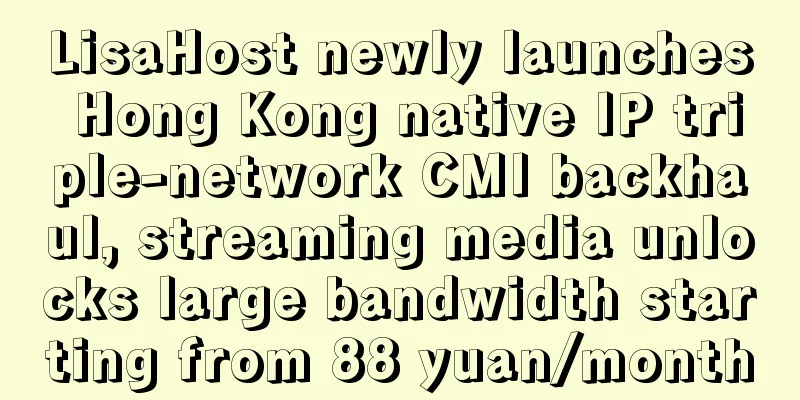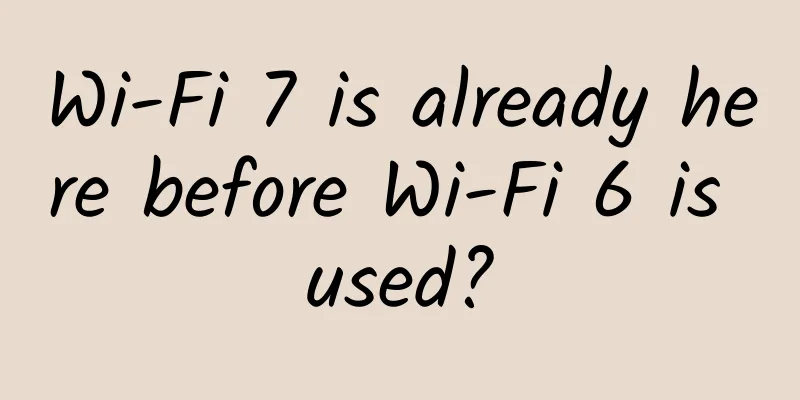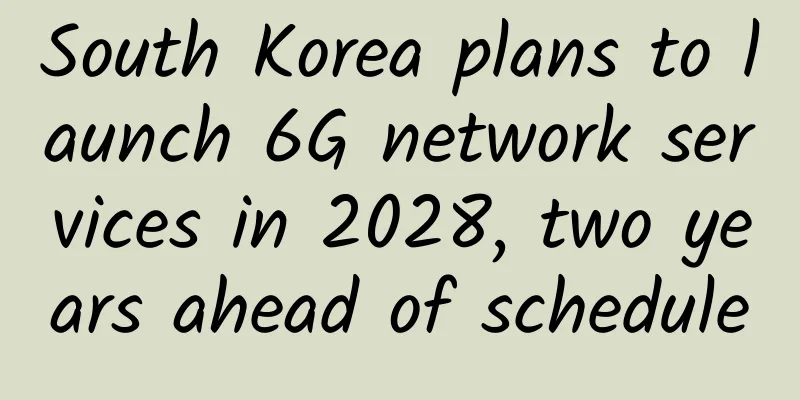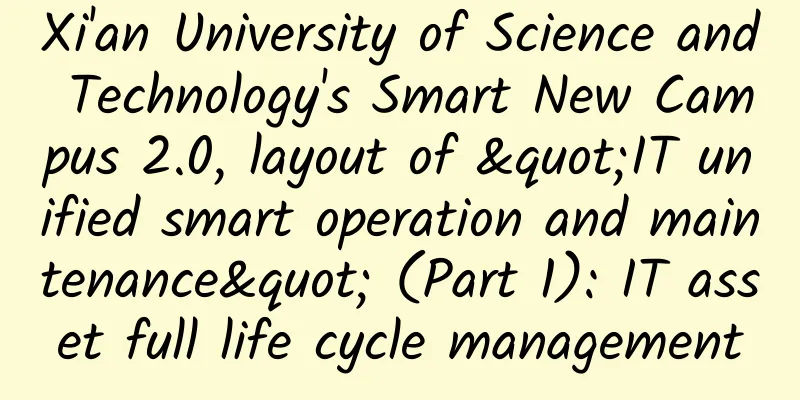Stop questioning the usefulness of 5G. 5G is not primarily intended for human use!
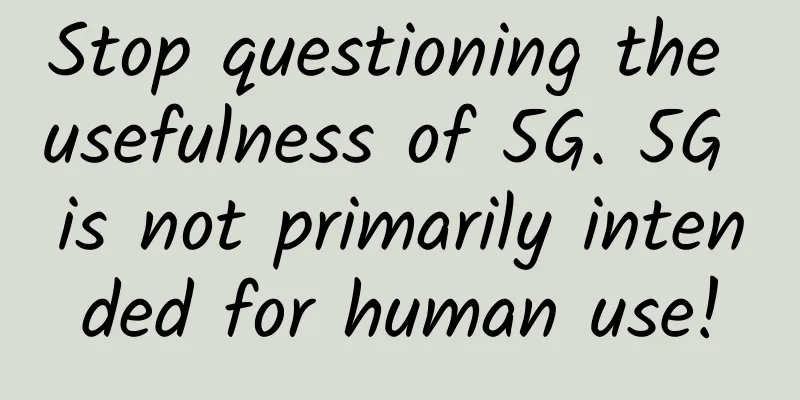
|
With the official release of 5G tariff packages by the three major domestic operators, 5G has officially entered the stage of large-scale commercial use for the public. However, at the same time, it has also aroused people's doubts about the 5G network. There are two focuses of doubt: one is the 5G tariff and the other is the usefulness of 5G. The first question users have about 5G is: 5G is too expensive, who will use it? The 5G rates of the three major operators are basically the same, and they are consistent with the nominal standard rates of the 4G era. For example, the starting packages of the three operators are all around 130 yuan, including 30GB of traffic and 500 minutes of calls, and the prices of the subsequent packages are also similar. What is quite interesting is that this time, domestic operators have adopted the pricing method based on Internet speed for the first time. China Unicom has two 5G speed levels, China Mobile has three 5G speed levels, and China Telecom has four 5G speed levels: the Internet speed of the 129 yuan 5G package is only 200 Mbps, the Internet speed of the 169 yuan 5G package is 300 Mbps, the speed of the 199 yuan 5G package is 500 Mbps, and the speed of the 299 yuan and above 5G packages can reach 1Gbps. People's doubts about the charges are mainly focused on: Although the 5G charges seem to be consistent with the 4G charges, in fact, there are a large number of 4G packages with extremely high cost-effectiveness. Taking China Unicom as an example, users can choose "Tencent King Card" to enjoy 4G services. The 19-yuan package can get 40GB of exclusive traffic (if it is not used up in the current month, it cannot be carried over to the next month), and even the normal national traffic is only 1 yuan per GB. In contrast, the price of 5G traffic per GB is 5 yuan, an increase of 400%. More importantly, the threshold of 5G packages is too high. Judging from the current released tariff packages, the lowest package is 128/129 yuan, and the highest level is even as high as more than 800 yuan. For most users, this threshold is too high. After all, the average monthly expenditure of users of the three major operators on communication fees is only around 40 or 50 yuan, and a package of more than 120 yuan is too luxurious. The second question users have about 5G is: What else is 5G good for besides fast internet speed? In fact, people have long questioned the usefulness of 5G. It can even be said that such doubts have been accompanying the entire development process of 5G. Moreover, such doubts seem to be very professional, and many of them come from professional communications professionals. The basis of their doubts is that 5G is not yet mature. Apart from increasing the speed, it does not seem to be of much use to users. However, 99% of the current users' mobile network usage scenarios can be met by 4G. The 10-fold higher network speed of 5G is of no practical use at all. Even under the 5G network, the original applications are still used, such as WeChat, Toutiao, Douyin, Weibo, etc. 5G is simply flashy! Regarding this point, even industry insiders could not help but complain - Wang Jianzhou, the former chairman of China Mobile, once said, "Nowadays, due to the lack of special applications for mobile phones, the main application for all those who use 5G mobile phones is to measure speed." 5G is not useless, but it is not primarily intended for human use! The above two aspects of doubt, in the final analysis, are still questioning the value of 5G. So is 5G valuable? I once wrote an article titled "5G becomes the world's "new oil" and will give birth to nine major industrial outlets" to discuss this issue. In fact, the greater use of 5G is not in the personal market, but in changing enterprises and society.
The key technical features of 5G are mainly reflected in the "three supers" - ultra-large connections (connection density of 1 million connections/square kilometer), ultra-low latency (latency as low as 1ms), and ultra-high speed (peak speed exceeding 10Gbps). What trends will these three features of 5G bring about? What changes will they bring to people? 5G ultra-large connection: Compared with the past 2G, 3G, and 4G networks, which mainly connected people, 5G has undergone a fundamental change in this regard. The objects of its connection are more objects. The number of people is always limited, and the global population is only 6 billion, but objects are endless, and their number scale is at the trillion level. To connect these trillions of objects, it puts very high demands on the connection performance of 5G. From the technical indicators, the connection density of 5G reaches 1 million connections/square kilometer. Taking Shanghai as an example, Shanghai has an area of 6,340 square kilometers. If 5G coverage is fully realized, the number of people and objects that can connect to the Internet will reach 6.34 billion. With such powerful connection capabilities as 5G, it will completely awaken all the things around us that need network connection. It is estimated that in the next three years, the world's 4 billion livestock, 20 million containers, 300 million LED street lights, 1.8 billion water meters, etc. will become one of the hundreds of millions of Internet users; not only that, from large things like: vehicles on the road, equipment in progress in factories, containers on the way for freight, aircraft engines, indoor or outdoor environmental monitoring equipment; from small things like: TVs, refrigerators, washing machines, microwave ovens, watches, glasses, sneakers, even buttons on clothes, small pills swallowed into the body... will all be connected to the network. The data torrent brought by the perception of all things will be deeply integrated with various industries to form emerging industries such as the Industrial Internet of Things and the Internet of Vehicles, providing key support for the realization of the smart world and innovative smart services. 5G ultra-high speed: According to the technical indicators of 5G, its peak downlink rate will reach 20Gbit/s, and the uplink rate can reach 10Gbit/s. What does this mean? Today, we feel that the speed of 4G is very fast, but the peak downlink rate of 4G is only 1Gbit/s, which means that the speed of 5G is 20 times that of 4G. This is not a simple quantitative improvement, but a qualitative improvement, and this improvement will completely change our current network mode, and will also open up a large traffic growth mode with large videos as the main data for various industries in the intelligent era. For example, such a high rate will greatly stimulate the application of cloud computing, and there will be no difference between storing files locally and storing them in the cloud; for example, such a high-end rate will realize large-capacity file transmission without obstacles, and the realization of "high-definition video traffic" will become a new business standard, releasing the intelligent value of the video industry in cloud games, cloud education, and cloud medical care. 5G ultra-low latency: 5G technology can effectively reduce latency and increase data transmission rate. The response time can be reduced from the average 50 milliseconds (0.05s) of 4G to 1-2 milliseconds (0.001-0.002s), and the data transmission speed can be increased from 0.02-0.03Gbps to 0.1-5.0Gbps. A very important application scenario of 5G is URLLC, which means ultra-reliable low-latency communication. URLLC can guarantee 99.999% data reliability, no interruption and millisecond-level response capability, which can process data quickly and accurately through 5G network. Through 5G technology combined with AI and URLLC data, millions of cars around the world will respond to local 5G traffic systems. Users' cars can share data with other vehicles through 5G, and they can get support faster in the event of an emergency. In addition to autonomous driving, 5G's ultra-low latency can also benefit games, VR, industrial manufacturing, and medical institutions. The revolutionary significance of 5G lies in that it not only connects people, but also connects people with things, and things with things, forming an era of the Internet of Everything. This will have a huge impact on the entire social structure and economic development. In 2025, the number of personal intelligent terminals will reach 40 billion, the penetration rate of personal intelligent assistants will reach 90%, and intelligent service robots will enter 12% of households. Personal potential will be greatly released with the support of terminal perception, two-way communication and active service. In terms of business and society, in 2025, the world's 100 billion connections will be ubiquitous in various fields such as utilities, transportation, manufacturing, medical care, agriculture, and finance, promoting digital transformation. By then, the cloudification rate of enterprise applications will reach 85%, the utilization rate of AI will reach 86%, and the data utilization rate will increase dramatically to 80%. The 180 billion TB of new data each year will continuously create intelligence and value. In 2030, the direct and indirect outputs driven by 5G will reach 6.3 trillion yuan and 10.6 trillion yuan respectively, and will also drive 8 million direct and 11.5 million indirect jobs. By 2035, 5G will create $12.3 trillion in economic output worldwide (equivalent to the US consumer spending in 2016), and contribute $3 trillion to the global annual GDP (equivalent to India, the world's seventh largest economy). From the perspective of the impact of mobile communications on the economy and society, 5G will become a new "universal basic technology" like electricity, or in other words, 5G will become the world's new oil. The implementation of 5G will not only meet people's business needs in various areas such as living, working, leisure, and transportation, but 5G will also penetrate into the Internet of Things and various industries, effectively meeting the business needs of vertical industries such as industry, medical care, and transportation, and bringing us into an intelligent world where everything is sensed, connected, and intelligent. |
<<: Why is Telnet insecure? Let's take a look at usernames and passwords
>>: Is 5G a tool for some companies to defraud subsidies or is it a real demand?
Recommend
Analyst: Open source is more likely to solve problems in the telecommunications industry
A senior consultant in the telecommunications ind...
Folding screen phones are very different, Huawei Mate X is a new species of technology
Nowadays, the mobile phone screen has become the ...
iWebFusion: Los Angeles VPS starting at $9.38 per month, 4GB memory package, upgradeable to 10G bandwidth
iWebFusion (or iWFHosting) is a long-established ...
DiyVM: 499 yuan/month Hong Kong Shatin server, L5630*2/16G memory/120G SSD hard disk/5M CN2 line
DiyVM is a Chinese hosting company founded in 200...
Global IT spending to reach $4.1 trillion in 2021, exceeding estimates
[[391876]] Recently, market research firm Gartner...
Wu Hequan: 5G's key performance has not yet been reflected in the application end. This year's positioning accuracy will be increased to 0.3 meters
[[375297]] Recently, Wu Hequan, an academician of...
A brief history of the development of the HTTP protocol and analysis of common interview questions
[[375750]] This article is reprinted from WeChat ...
5G accelerates cloud-network integration
What is cloud computing? Different companies have...
Academician Wu Hequan: "Spectrum Blockchain" can be used to solve the 5G spectrum shortage problem
At the 2020 China Radio Conference which opened y...
Cisco ushers in a new era of networking
The recent WannaCry ransomware cyberattack target...
[Black Friday] ReliableSite: $55/month-AMD Ryzen5600X/64G memory/512GB NVMe/1Gbps unlimited traffic/Los Angeles and other data centers
ReliableSite has released some special Black Frid...
my country's network infrastructure already fully supports IPv6
At the 2020-2021 Global IPv6 Development and Outl...
Hizakura: €9.95/year-1GB/15G SSD/2TB/Netherlands data center
Hizakura is a Dutch merchant founded in 2021. The...
"5G+Industrial Internet" security capabilities and scenario-based solutions
[[417951]] Under the wave of the new generation o...
Operators’ worries: 4G die-hards unwilling to upgrade and “move”
Are you a 4G die-hard who is unwilling to move? I...



